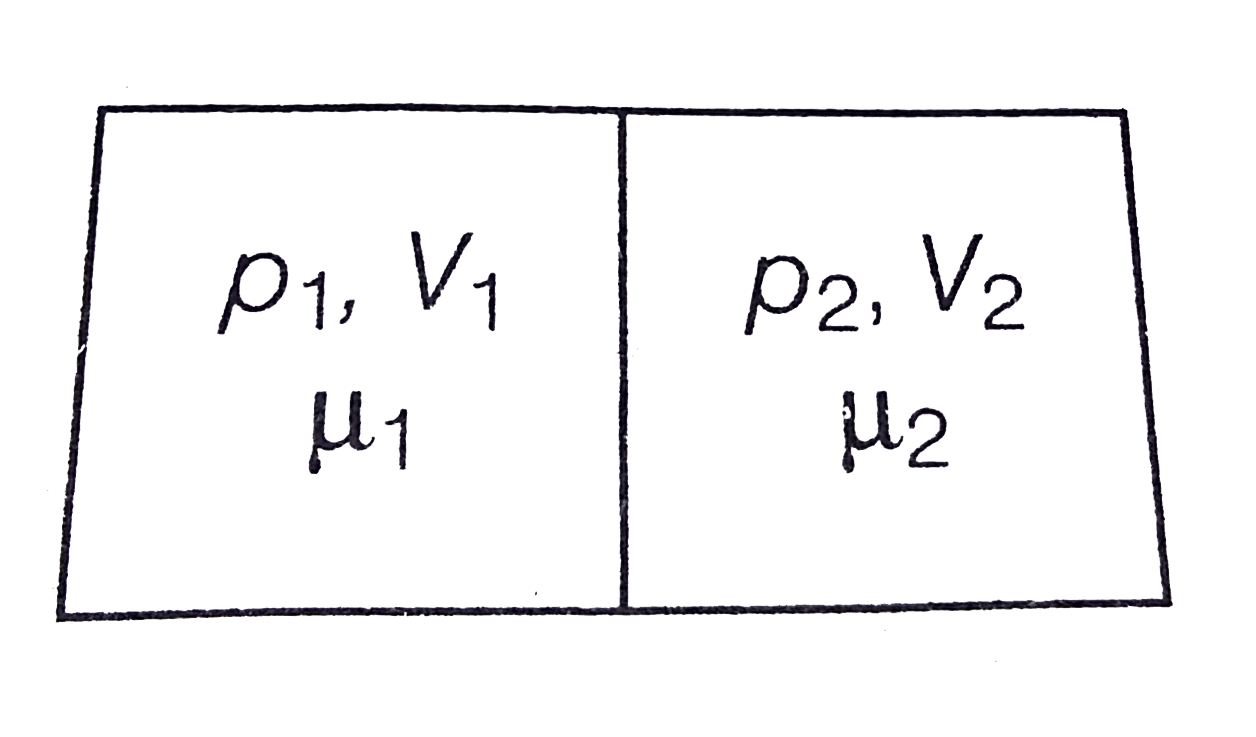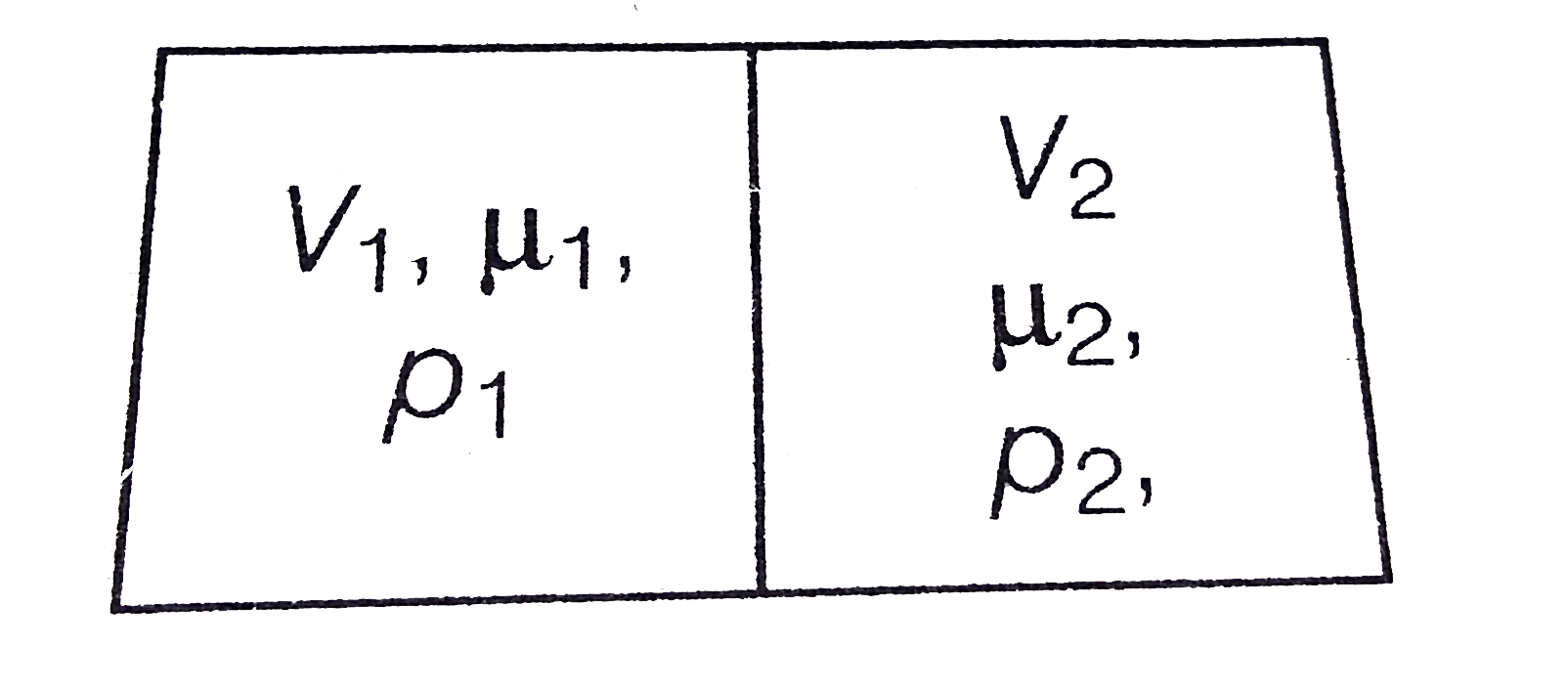Resource partitioning was shown by
Connell
MacArthur
Gause
Allen
The correct Answer is:B
To solve the question "Resource partitioning was shown by," we need to identify the scientist associated with the concept of resource partitioning.
1. Understanding Resource Partitioning:
- Resource partitioning refers to the way in which species divide resources to reduce competition. This can occur through different feeding times, foraging patterns, or habitats.
2. Identifying Key Scientists:
- The question mentions several scientists: Gauss, MacArthur, Cornell, and Ellen. We need to determine which one is linked to resource partitioning.
3. Gauss and Competition Exclusion Principle:
- Gauss is known for the competition exclusion principle, which states that two species competing for the same limited resources cannot coexist. This principle highlights the competitive interactions but does not explain resource partitioning.
4. MacArthur and Resource Partitioning:
- MacArthur is the scientist who studied resource partitioning. He provided examples of how closely related species, such as warblers, can coexist by utilizing different resources or foraging in different ways.
5. Cornell's Contributions:
- Cornell conducted experiments on barnacles and demonstrated competitive exclusion, but he is not associated with the concept of resource partitioning.
6. Ellen's Contributions:
- Ellen is not known for any significant contributions related to resource partitioning or competition.
7. Conclusion:
- Based on the information, the scientist who showed resource partitioning is MacArthur.
Final Answer:
Resource partitioning was shown by MacArthur.
- Resource partitioning refers to the way in which species divide resources to reduce competition. This can occur through different feeding times, foraging patterns, or habitats.
- The question mentions several scientists: Gauss, MacArthur, Cornell, and Ellen. We need to determine which one is linked to resource partitioning.
- Gauss is known for the competition exclusion principle, which states that two species competing for the same limited resources cannot coexist. This principle highlights the competitive interactions but does not explain resource partitioning.
- MacArthur is the scientist who studied resource partitioning. He provided examples of how closely related species, such as warblers, can coexist by utilizing different resources or foraging in different ways.
- Cornell conducted experiments on barnacles and demonstrated competitive exclusion, but he is not associated with the concept of resource partitioning.
- Ellen is not known for any significant contributions related to resource partitioning or competition.
- Based on the information, the scientist who showed resource partitioning is MacArthur.
Resource partitioning was shown by MacArthur.
Similar Questions
Resource partitioning ' is an important mechanism which promotes
View SolutionResource partitioning is a mechanism which has been used to promote co-existence among closely related species rether than exclusion. In MacArthur's studies, e showed that species of warblers living on the same tree avoided competition due to
View Solution
Knowledge Check
What was the perspective of Indian nationalists about partition of Bengal by the British?
ATo large to be administered by a single provincial governmentBPolicy of Divide and RuleCOriya speaking people, outside the territorial limits of Orissa, had to be brought under the administration of BengalDTo show the strength of East Bengal
Resource partitioning in an environment with limited resources and interbreeding species leads to
View SolutionA muscular transverse partition in mammals that separates thorax from abdomen is
View SolutionThe number of ways of partitioning the set {a,b,c,d} into one or more non empty subsets is
View SolutionWhat is the name of the partition between thorax and abdomen?
View SolutionIn how any different ways can a set A of 3n elements be partitioned into 3 subsets of equal number of elements? The subsets P,Q,R form a partition if P∪Q∪R=A,P∩R=φ,Q∩R=φ,R∩P=φ.
View SolutionIn how any different ways can a set A of 3n elements be partitioned into 3 subsets of equal number of elements? The subsets P,Q,R form a partition if P∪Q∪R=A,P∩R=φ,Q∩R=φ,R∩P=φ.
View SolutionThe container shown in figure has two chambers separated by a partition of volumes V1=2.0L and V2=3.0L. The chambers contain μ14.0 and μ2=5.0 mole of a gas at pressure p1=1.00 atm and P2=2.00 atm. Calculate the pressure after the partition is removed and the mixture attains equilibrium.


View Solution
